The Sound of Music
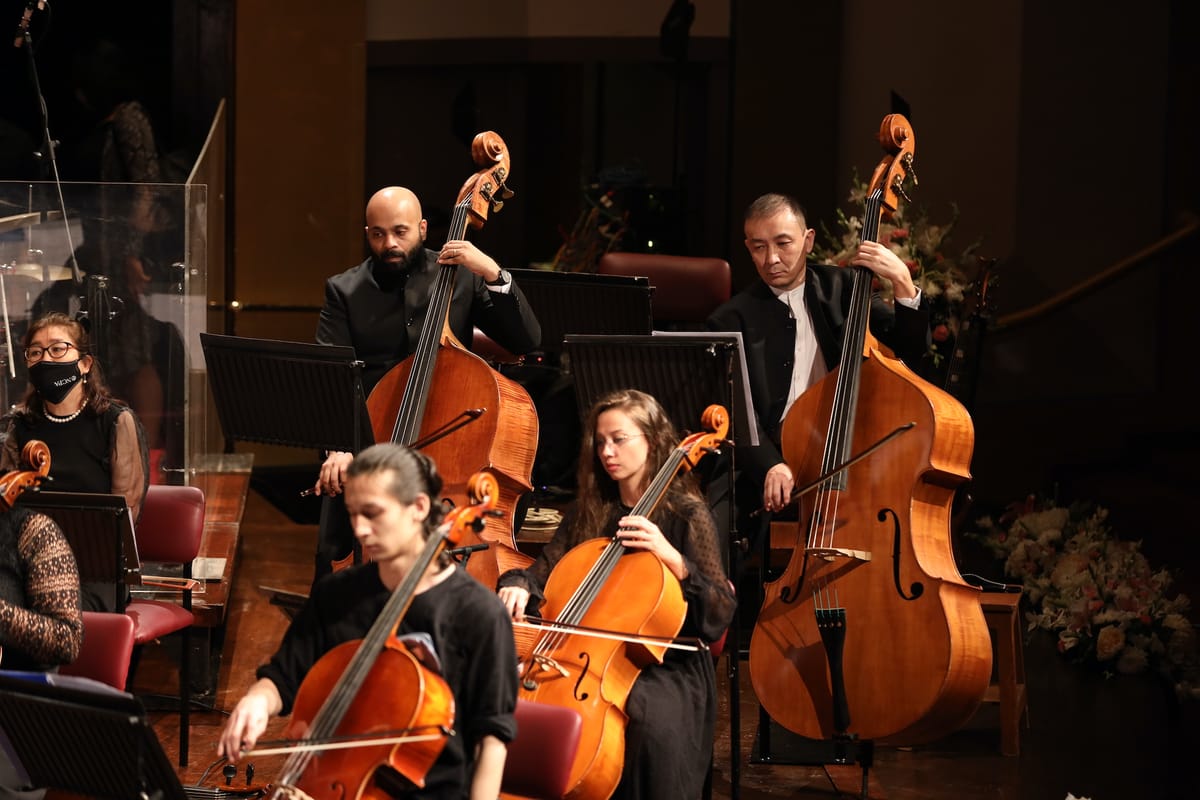
The allure of music is so strong that it won’t be very long before we gather to enjoy a recital again. Until then, we learn about the importance of sourcing and caring for fine musical instruments, as we unearth fascinating stories behind the harps, violins, violas, cellos and double basses in the prized NCPA collection. By Beverly Pereira
What is music if not the purest expression of emotions? On the face of it, music is the result of a combination of instrumental sounds, vocals, or both. Fundamentally, it is the union of a musician and their instrument—a unification so coherent that, to the listener, there appears to be no tactile rift between the musician’s physical body and that of their instrument. We have seen this connection between performer and instrument in artistic depictions of classical music greats, from Liszt to Paganini. And, we continue to see it in the manner in which musicians treat their instrument with tender loving care after going to great lengths to choose it.
Finding a high-quality instrument that suits and responds to their specific needs remains one of the biggest struggles of professional orchestra players and young musicians alike. Financial constraints are not the only reason behind this struggle; high-quality instruments are hard to come by because of their scarce availability not just in India but in other parts of the world too. At the NCPA, the collection is a prized one with instruments acquired over the decades through the vast knowledge of NCPA’s Founder Dr. Jamshed Bhabha and Chairman Mr. Khushroo N. Suntook, and their wide connections in the world of the performing arts. It includes the Rudolph von Beckerath pipe organ, Mumbai’s only moveable pipe organ, which was gifted to the NCPA by members of the Indo-German Chamber of Commerce in 1988. The gargantuan instrument was fully restored in July 2013. The Sassman harpsichord, Type No. 1681 of 1970, is another rare instrument, which was donated to the NCPA by the Max Mueller Bhavan. Several concert grand and other pianos are part of the collection too and the story of the acquisition and upkeep of these massive instruments calls for another article.

The NCPA routinely purchases instruments for the Symphony Orchestra of India and the SOI Music Academy, while trying to strike a balance between good sound and a sound budget. “At the moment, we can’t really invest in expensive Italian instruments from the 17th, 18th and 19th centuries. Luckily, there are good-sounding, relatively inexpensive instruments that can be sourced from living luthiers,” says violin virtuoso Marat Bisengaliev, who co-founded the SOI with Mr. Suntook.
Crafted to perfection
One such modern luthier who has crafted many an instrument, including violins, cellos and a double bass, for the NCPA is François Grimaux who lives in the south of France. “Grimaux’s double bass is perhaps the best sounding of the lot because it was made in the pure French style with a flat back. It’s the equivalent of a fine violin and is now often played by a student at the academy. It’s important for students to have access to good instruments in order to be competitive because they represent the SOI Music Academy and the NCPA at large and participate in international competitions too,” says Bisengaliev. The virtuoso, whose personal collection includes a Giacinto Santagiuliana 1812-make violin, is always happy to lend some of his fine Italian violins to students and SOI players. He had readily given his viola to student Aliza Jetha when she had participated in an international competition, while another talented student plays his 19th-century German Mittenwald-make cello.
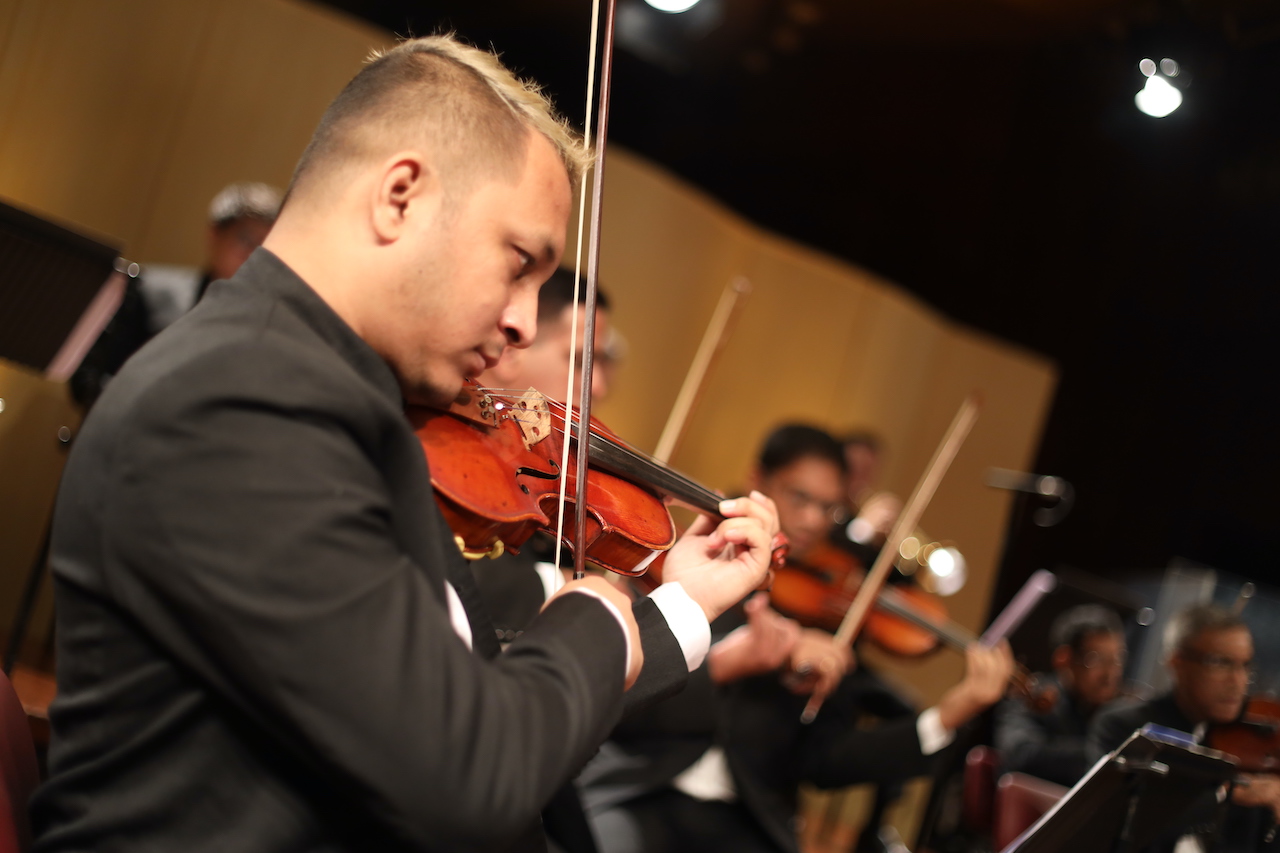
Yet another luthier crafted a very special double bass for the SOI, and its addition to the collection has contributed to the high standard of the orchestra. “Khushroo has always been fascinated by really big double basses like those played by the Vienna Philharmonic. To actually find and then purchase a similar one is next to impossible anywhere in the world. We asked the Belgian luthier Serge Malouch to specially make one for the SOI around three years ago. We now have a better dimension of sound because of finely crafted instruments like these,” says Bisengaliev.
But the NCPA didn’t always have string instruments crafted by modern luthiers. The first set of violins, double basses and cellos came in from China. “When we started creating the SOI in 2006, we didn’t have a good budget for high-quality instruments and thus had to go in for low-priced but reasonably good sounding instruments to be able to start. Some are still in use, while others like the cellos and double bass were completely renovated by Malouch and Grimaux. By this, I mean that most of the parts were completely stripped off and the thickness of the wood was changed to tune it to the highest quality. Now, these instruments look and sound just as good as handcrafted instruments.”
Harping on style
The collection also includes two harps, both of which respond to the high level of the orchestra. When SOI harpist Daniela Iolkicheva played the NCPA’s Lyon & Healy Style 100 harp at her first performance with the orchestra in 2017, she realised that it was in dire need of maintenance by the manufacturer. “A harp has a delicate and complicated mechanism in the arch. If this is not in perfect condition, it’s not possible to change to a natural, sharp or flat,” says Iolkicheva, who conveyed the urgent need for its repair to the Western Classical Music department.
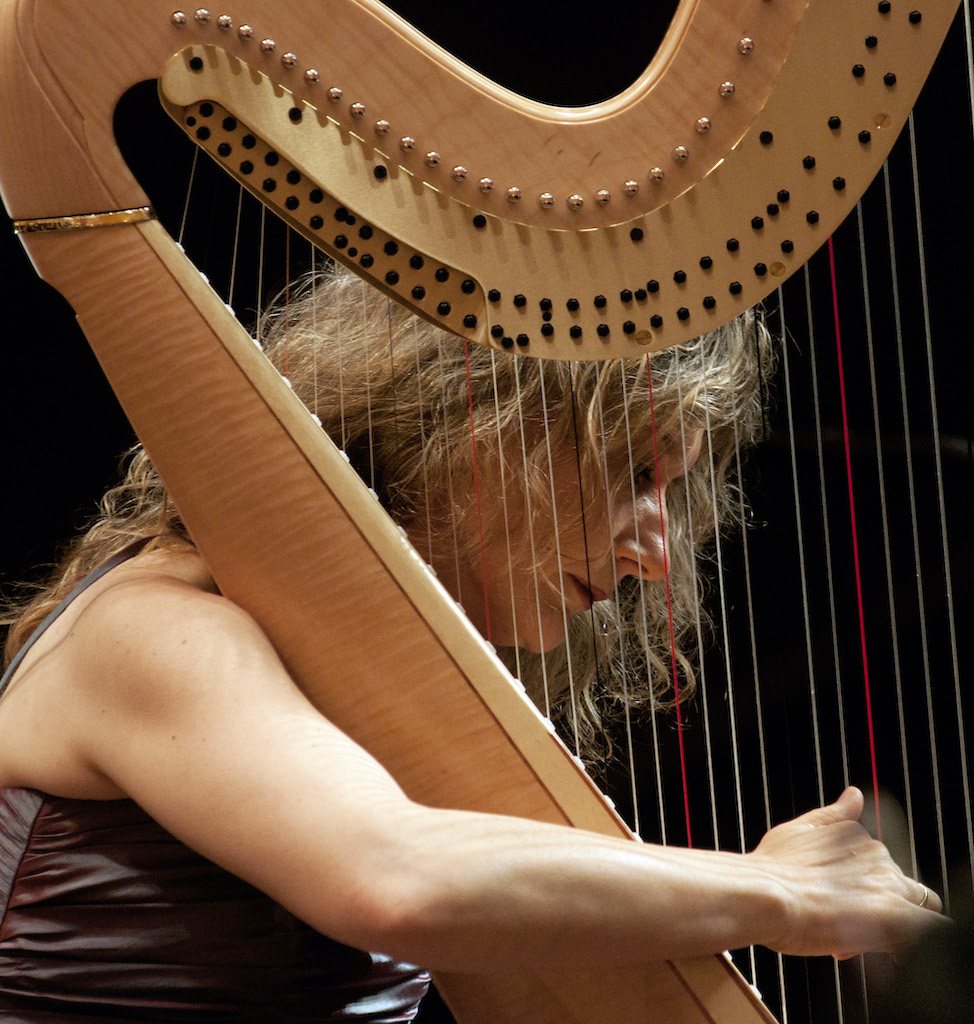
Upon her suggestion, the old harp was sent to Chicago for repairs and returned in pristine condition. The department also seconded her suggestion to purchase a big concert harp that had the potential add to the SOI’s already high artistic level. “I suggested a Lyon & Healy Style 23 and put the NCPA in touch with the factory in Chicago. Thanks to my colleague María Luisa Rayan who helped with its selection, the SOI soon had a wonderful instrument that remains a pleasure to play. And, thanks to the NCPA, the SOI now has not one but two excellent harps—a concert harp and a big concert model.”
Minding the store
At the NCPA, climate-controlled rooms fitted with dehumidifiers and regular air conditioning is where many of these instruments are stored. “When purchasing an instrument, it’s important that it not only sounds good and is a good investment, but that it’s also robust enough with a good defence layer to brave the humidity. Our instruments need to be checked every now and again by the team of luthiers from Europe who visit us every season, and usually there’s always something that needs to be worked on,” says Bisengaliev, adding that the exposed wood inside instruments poses a problem during the monsoons. The harp, too, says Iolkicheva, is delicate and the wood can very easily change shape or even crack if stored improperly.
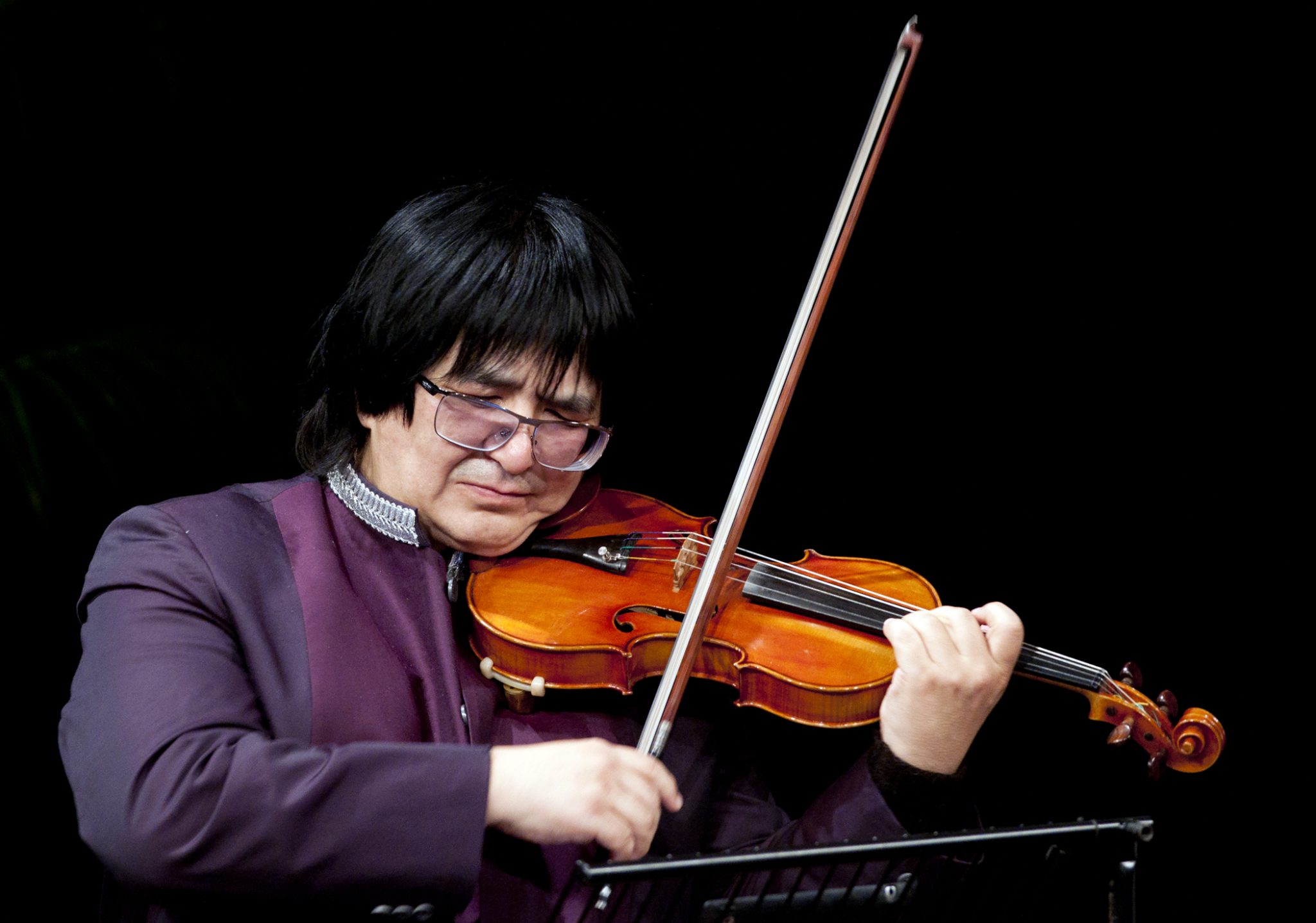
A musical instrument, however, is best maintained when played regularly—something that the pandemic has hindered, particularly when it comes to mammoth instruments that cannot be moved around easily. SOI violist Mikhail Bulgakov keeps check on the orchestra’s collection of instruments and flags repairs that need to be carried out. Through the lockdown, Maneck Billimoria, Executive, Western Classical Music, also regularly visited the NCPA campus to play on the pianos and ensure they are in good condition. Under the guidance of the department and Nayan Kale, General Manager of the Technical division at the NCPA, Sakharam Gawde, Manager-Backstage, and his team have kept check on these instruments and their storage throughout the lockdown.
Bisengaliev believes that the next step forward would be to find benefactors who can invest in high-quality, valuable instruments which can then be lent to the SOI and the academy. “I hope we can create some sort of a trust, a foundation in the near future. This is really popular in Japan, Korea and China and it works incredibly well for both parties—the investors and young musicians. It will help students develop quicker and it is also one of the best investments for a music connoisseur.”
Personalised voice
The deep connection between musicians and their instruments transcends performing art traditions. At the innumerable concerts of Indian music held at the NCPA, musicians—soloists as well as accompanists—have almost always brought their own instruments even if that entails travelling long distances with them. “Musicians share an intimate bond with their instruments. It wouldn’t be wrong to call an instrument a musician’s personalised voice,” observes Dr Suvarnalata Rao, Programming Head-Indian Music, at the NCPA. The organisation does have its own collection that includes the tanpura, tabla, sarangi and dilruba, and on the rare occasion that musicians choose to play them, they never disappoint. “In fact, Ajoy Chakrabarty, a veteran vocalist of Patiala gharana, always chooses to have a pair of tanpuras from our collection,” says Dr Rao. The tanpuras, which, with their exquisite carvings, look as beautiful as they sound, have been sourced from fabled craftsmen of Miraj, a city in southern Maharashtra known for some of the finest string instruments made in India.
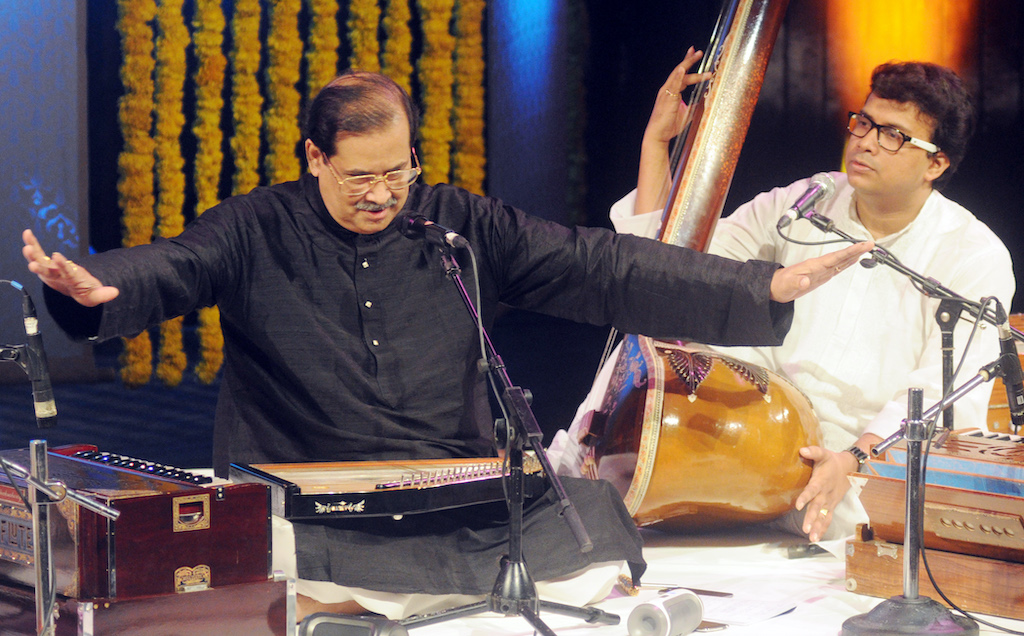
Instrument craftsmanship has been a key area of research at the NCPA. In the mid-1970s, scientific research into the determination of the optimal shapes, sizes and modes of construction and ingredients of Indian musical instruments was undertaken. The research programme necessitated analysis of samples of raw materials used in the manufacture of Indian musical instruments with a view to optimise and standardise the manufacturing process, and with the object of eventually of providing technical advisory services to the manufacturers of the instruments. The programme entailed the development of specialised equipment and techniques for electronic testing and measuring of instruments. The first instrument selected for scientific analysis was the tanpura. A musical instrument maker from Australia worked at the NCPA for over a year on the construction of the tanpura and the veena without the traditional dependence with unpredictible results on natural products such as the gourd. A wooden mould was used to fabricate resonators with a thin, lightweight film of wood, and instruments were actually manufactured at the NCPA.
In view of these challenges related to the materials used and methods employed by traditional instrument makers leading to a non-standardised product, a project was later conceived in order to assess in an objective way the problems associated with this craft and to evolve a comprehensive strategy to support this traditional art through more predictable scientific methods. Research trips were made to Miraj, Thanjavur and Calcutta—the three main centres of instrument craftsmanship in India—to gain insights from the ground up. Funding for this project was provided by the Homi Bhabha Fellowships Council (1996-98).
Four major string instruments of North India, viz. sitar, tanpura, sarod and sarangi were selected to research and document the prevailing methods of instrument-making and identify the problems associated with the methods; redefine the subjective criteria applied by the makers while selecting raw materials and develop simple techniques for objective evaluation of the same; ensure pest-free condition of the raw materials; and identify alternate raw materials for the most important component of sitar and tanpura, the bridge. The study brought to focus a number of areas, which need to be studied further in collaboration with the instrument makers.
This piece was originally published by the National Centre for the Performing Arts, Mumbai, in the July 2021 issue of ON Stage – their monthly arts magazine. All images © NCPA Mumbai.





